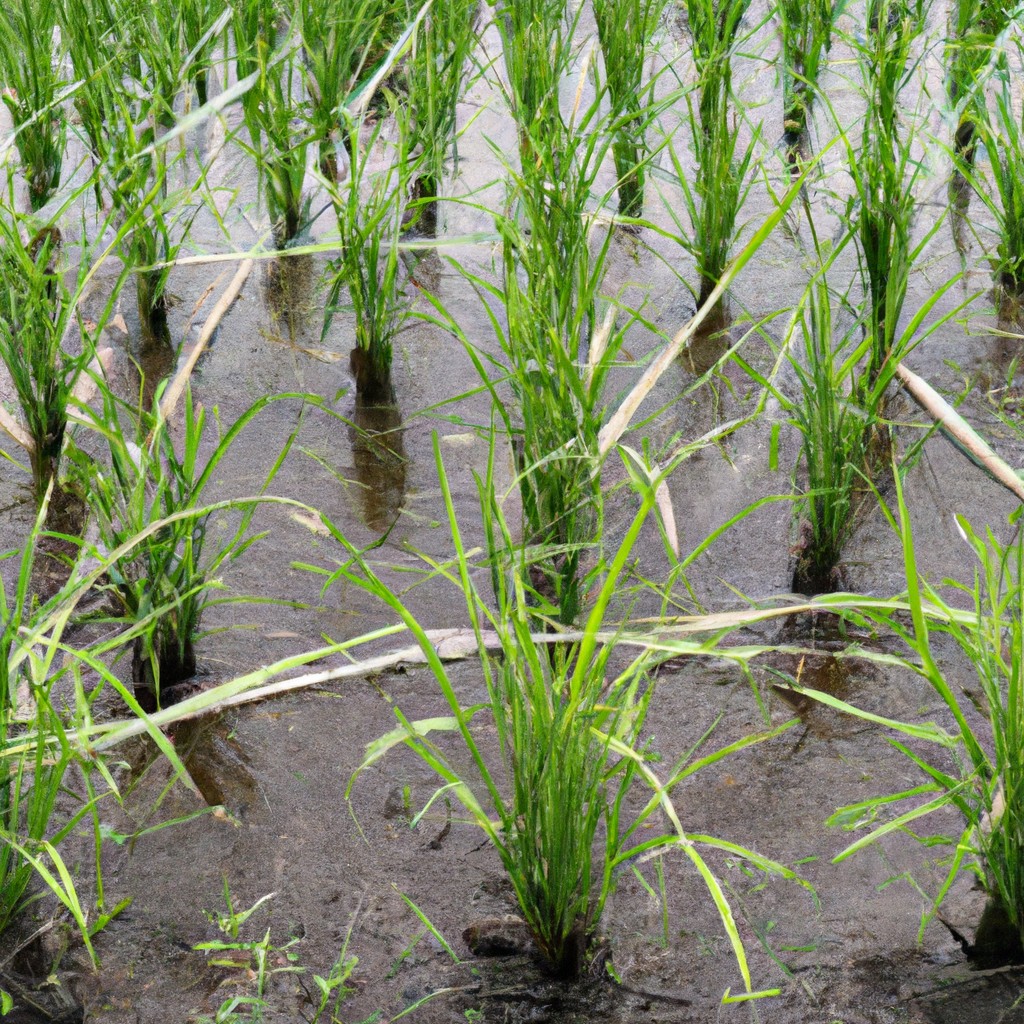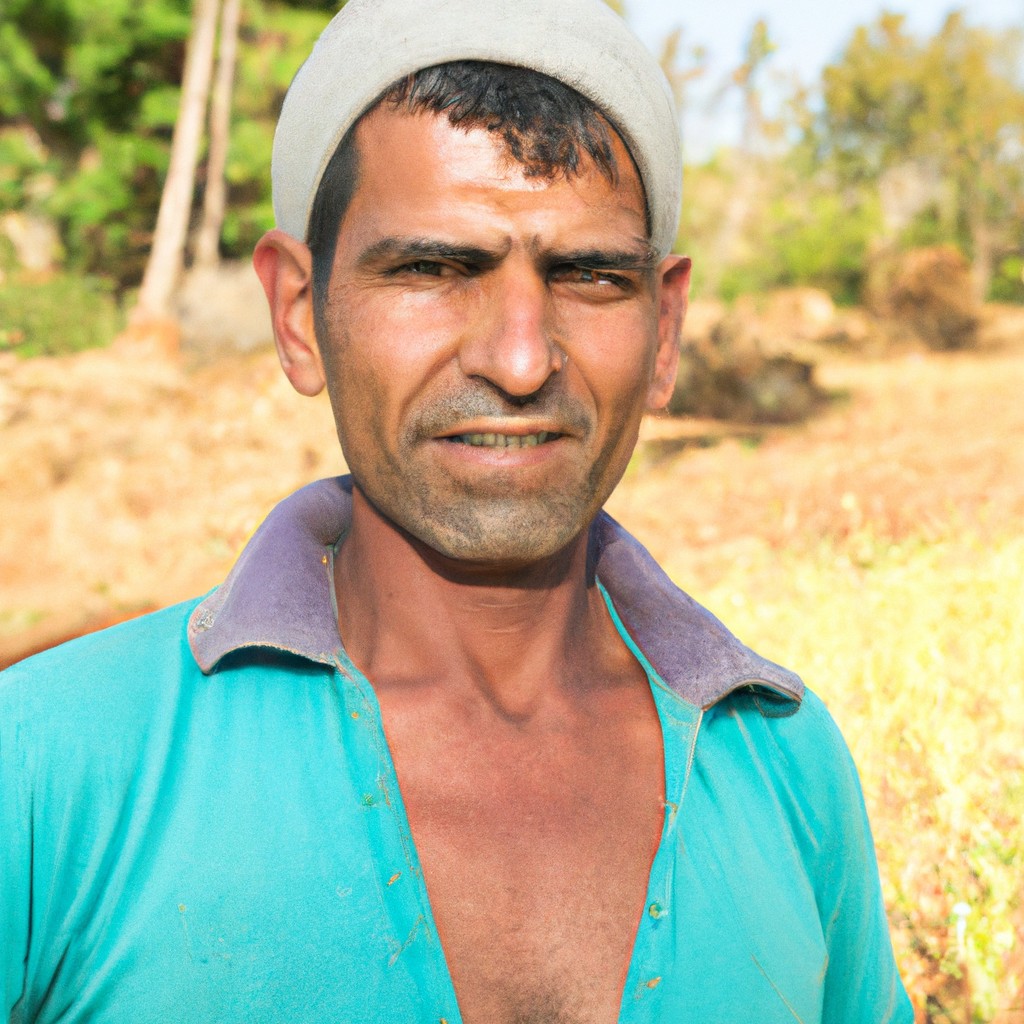This article explains what conventional farming is, detailing its practices, benefits, and impact on agriculture.
Look Inside:
Definition of Conventional Farming

Conventional farming, often known as traditional agriculture, relies primarily on chemical inputs such as synthetic fertilizers and pesticides. This model emphasizes high crop yields and operational efficiency. Advances in machinery have markedly increased the scale and speed of cultivation and harvesting, making it a dominant food production method globally. The use of genetically modified organisms (GMOs) to enhance crop resistance to pests and improve yield is also commonplace in this approach. This type of agriculture typically follows a monoculture system, where farmers grow only one type of crop on the same land year after year, aiming to maximize the output from their land.
Key Techniques and Technologies in Conventional Farming
Conventional farming relies heavily on synthetic chemicals and genetically modified seeds to enhance crop yields. Pesticides and herbicides help manage weeds and pests, but they can also lead to soil degradation and resistance in pests over time.
Mechanized equipment plays a pivotal role, from plowing and planting to harvesting. This technology boosts efficiency and reduces labor costs, but it also compacts the soil, which can impair water infiltration and root growth.
Irrigation systems are essential for maintaining steady crop growth, especially in areas prone to dry conditions. However, they can contribute to water scarcity if not managed wisely.
Monoculture, the practice of growing a single crop over a wide area for consecutive seasons, simplifies farming operations but reduces biodiversity and soil fertility, increasing dependency on chemical inputs.
Effects On Biodiversity
Conventional farming often leads to the simplification of ecosystems. The focus on single-crop cultivation reduces plant variety, which, in turn, impacts the diversity of insects, birds, and microbial life in the soil. This reduction in biodiversity occurs because these operations typically use chemical pesticides and herbicides that are not selective in their targets, harming beneficial organisms along with pests.
The widespread practice of clearing land for agricultural use also leads to habitat loss. Forests, wetlands, and grasslands are converted into farmland, displacing species that once thrived in these environments. Habitat fragmentation further isolates populations, making it harder for species to reproduce and maintain healthy numbers.
Finally, conventional farming’s reliance on monoculture—the planting of a single crop type over large areas—limits the genetic diversity of the plants themselves. This makes crops more susceptible to disease and pests, which may lead to greater use of chemicals and further decline in biodiversity.
Conventional Farming and Climate Change
Conventional farming practices have been closely linked to various environmental changes, most prominently climate change. The extensive use of synthetic fertilizers and pesticides, which are staples in traditional agricultural methods, lead to significant emissions of greenhouse gases. When these chemicals are applied to crops, they often generate nitrous oxide, a potent greenhouse gas.
Moreover, the practice of heavy tilling, common in conventional farming, disturbs the soil and its organic carbon, releasing it into the atmosphere as carbon dioxide. This process not only increases global warming but also degrades soil quality, reducing its ability to act as a carbon sink in future.
Large-scale monocropping, another characteristic of conventional farming, necessitates more irrigation, fertilizer, and pesticides. This dependency not only amplifies greenhouse gas emissions but also contributes to water scarcity issues, complicating the environmental impact.
Addressing these problems requires a shift toward more sustainable practices that reduce reliance on chemicals and enhance soil health, ultimately supporting a healthier planet.
Economic and Social Concerns
Conventional farming often prioritizes high yield and efficiency, but this approach can have several economic and social ramifications. Firstly, the reliance on chemical inputs such as fertilizers and pesticides can be costly for farmers, especially small-scale producers who may struggle with the financial burden of purchasing these products. Over time, this can lead to significant debt among farmers.
Secondly, the standardization of crops typical in conventional systems discourages agricultural diversity, which can make local economies vulnerable to market fluctuations. If a sole crop fails due to disease or a drop in market price, entire communities can face economic instability.
Furthermore, large-scale industrial farming often leads to social issues such as the displacement of rural populations. As small farmers cannot compete with large agribusinesses, they may be forced to abandon their lands and livelihoods, leading to increased urban migration and the disruption of rural communities.
Lastly, there’s the concern of worker safety. Regular exposure to chemical sprays and harsh conditions can lead to health problems among farm workers, raising ethical questions about labor rights in the agricultural sector.
These aspects highlight the need for a more balanced approach, considering both economic efficiency and social equity.




